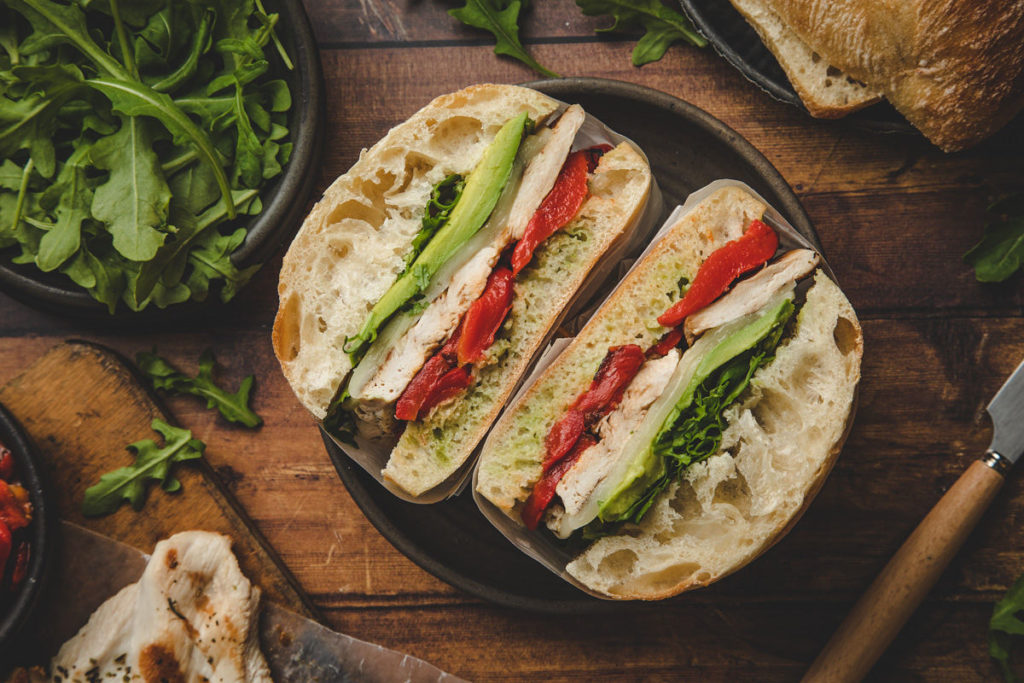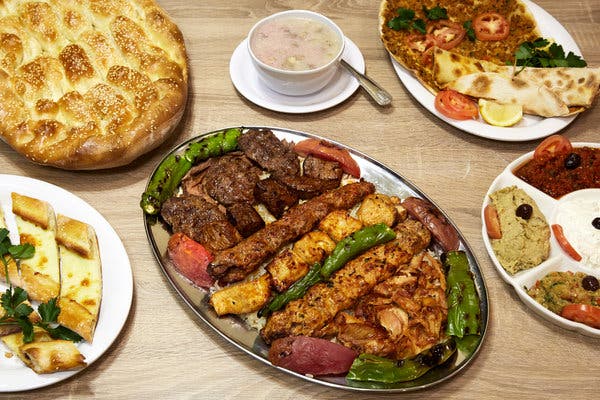Nestled within the heart of the Aegean Turkish shoreline, only a short boat trip far from the Greek islands lives a sleepy town that is beginning to increase a rather unusual reputation for the location. n assessing the hustle and bustle of Istanbul or the five megastar holiday resorts of Bodrum, the region of Urla is speedy, becoming known as the Turkish Tuscany way to its viticultural records that span back to the 7th century BC.
While flying below the radar for many years, this nearby preferred has been developing an enormous infrastructure of vineyards and a growing recognition to boot.
Five fundamental vineyards are within the place, with many smaller establishments shooting up.
The biggest and most famous is Urla Şarapçılık, which spans over 350 acres. t began 15 years ago to revitalize nearby grapes, which have been a part of the peninsula for many years. It has gained over 150 awards on the national and global levels.
The most famous forms of wine (‘şar’p’ in Turkish) created here are Cabernet Sauvignon, Merlot, and Syrah. His repertoire is supported by local grapes and Boğazkere and Bornova Misket, which is well worth an attempt. One of the newer vineyards, Ayda Bağları, is a little further afield than the primary wineries of Urla. t is ready atop the undulating landscape with awesome perspectives of the area and sunset.

The 30-minute drive from the town center will transport you to the coronary heart of Tuscany itself. ffering wine, meals, and lodging, Ayda offers a super mini-damage possibility where you can revel in the relaxed serenity of the surroundings. Those wishing to explore all the vicinity has to offer can enjoy tours of the mosareas’us vineyards. arious neighborhood tour agencies focus on the full spectrum of agriculture, delicacies, and wine.
The vicinity has several fascinating boutique motels, so the daylight hours may be packed with strolls, a glass of Merlot in hand, and the evenings with expertly prepared proper Turkish food.
Restaurants no longer to overlook include Seyhan (for classic meat dishes), Yengeç (for sparkling fish and sea-food lovers), and Beğendik Abi (for local classics). Ut vineyards are not all the place has to offer. The area of Izmir and the encircling coast have been home to centuries of alternate and historical relevance.
Occupied by the Ancient Greeks as early as the 1st millennium, the Roman Empire from the 2nd Century AD, and the Ottoman Empire until the end of WW1. the location is brimming with records, heritage websites, and the opportunity to project through the years. ost considerably,
Ephesus Ephesus’s Greek website is a 2-hour drive from Urla and is worth an afternoon ride to peer the preserved library and theater. omething to be enjoyed is the conventional Turkish breakfast at Denizaltı, set on the waterside. It’s an idit’sregion to begin the day. nInTurkey, the Sunday breakfast is a time for the entire family to come back collectively before the beginning of a new week, and preferably with many things right here, the breakfast isn’t always executed through halves. is a spread of 10-20+ hot and cold dishes to be shared by all.
This mixture of cheeses, eggs, sparkling bread, local honey (the first-rate I’ve tasteI’vefruit, greens, filled pastry/ flatbread (börek & gözleme), and Turkish sausage (sucuk) is heaven on this planet and will no longer leave you unhappy. I suppose you enjoy the bitesize joy of baklava but would like something more applicable to devour in the morning; in that case,börek is an exquisite alternative from from a simm of flaky thin pa. Still, whe whe sweetness hung via the savory perfection of cheese, spinach, potato, or meat.


